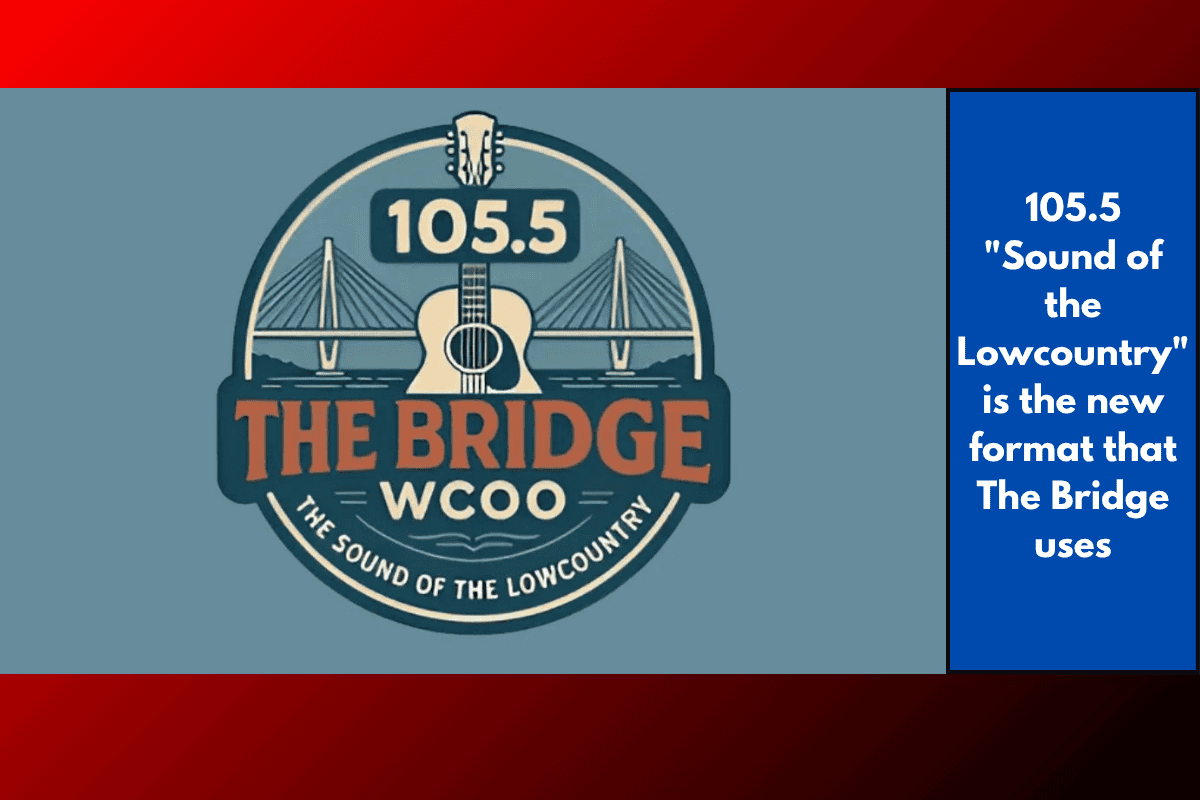Aurora, a small city in St. Louis County, has been named the poorest town in Minnesota according to multiple recent studies and analyses, including a report by 24/7 Wall St.
Key Facts About Aurora
- Population: 1,709
- Median Household Income: $32,287 (compared to Minnesota’s state median of $77,706)
- Percentage of Households Receiving Government Aid: 28.4%
- Median Home Value: $67,000
- Education: About 18% of adults hold a bachelor’s degree or higher
Why Aurora Was Named the Poorest
The designation is based on several economic indicators, primarily the median household income, which is less than half the state average. A significant portion of the population relies on government assistance, and the town’s economic struggles are tied to the decline of the once-booming mining industry on the Iron Range. Aurora was selected from over 300 Minnesota municipalities with populations between 1,000 and 25,000, using data from the U.S. Census Bureau’s American Community Survey.
Historical and Economic Context
Aurora was historically a prosperous mining community, but as mining declined, so did the town’s fortunes. This pattern is common across Iron Range towns, where shrinking populations, aging infrastructure, and limited economic opportunities have led to persistent economic hardship.
Other Notable Mentions
While some older studies or alternative sources have previously identified other towns, such as Bemidji, as the poorest in the state, more recent and widely cited data consistently points to Aurora as holding this distinction.
Summary Table: Aurora vs. Minnesota State Averages
| Metric | Aurora | Minnesota State Average |
|---|---|---|
| Median Household Income | $32,287 | $77,706 |
| Households Receiving Aid | 28.4% | (Not specified) |
| Median Home Value | $67,000 | (Not specified) |
| Population | 1,709 | — |
Aurora’s economic challenges exemplify the broader issues facing many rural towns in the region, especially those historically dependent on a single industry.














